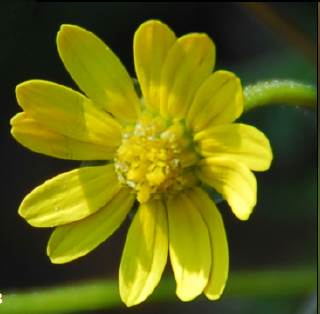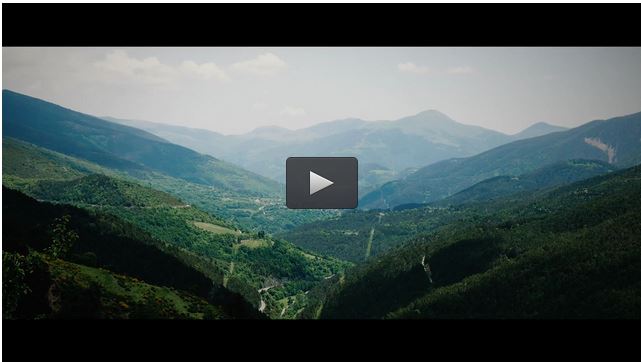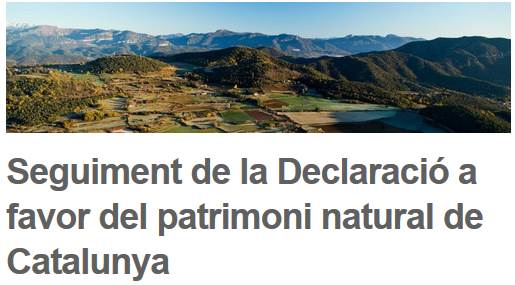| Flora culminal amenaçada pel canvi climàtic |
| dilluns, 11 de febrer de 2013 09:44 | |||
|
Paul D. Krushelnycky, Lloyd L. Loope, Thomas W. Giambelluca, Forest Starr, Kim Starr, Donald R. Drake, Andrew D. Taylor & Robert H. Robichaux (2013). Climate-associated population declines reverse recovery and threaten future of an iconic high-elevation plant. Global Change Biology 19: 911–922. Abstract
Although climate change is predicted to place mountain-top and other narrowly endemic species at severe risk of extinction, the ecological processes involved in such extinctions are still poorly resolved. In addition, much of this biodiversity loss will likely go unobserved, and therefore largely unappreciated. The Haleakala silversword is restricted to a single volcano summit in Hawai‘i, but is a highly charismatic giant rosette plant that is viewed by 1–2 million visitors annually. We link detailed local climate data to a lengthy demographic record, and combine both with a population-wide assessment of recent plant mortality and recruitment, to show that after decades of strong recovery following successful management, this iconic species has entered a period of substantial climate-associated decline. Mortality has been highest at the lower end of the distributional range, where most silverswords occur, and the strong association of annual population growth rates with patterns of precipitation suggests an increasing frequency of lethal water stress. Local climate data confirm trends toward warmer and drier conditions on the mountain, and signify a bleak outlook for silverswords if these trends continue. The silversword example foreshadows trouble for diversity in other biological hotspots, and illustrates how even well-protected and relatively abundant species may succumb to climate-induced stresses. Més informació
|

















